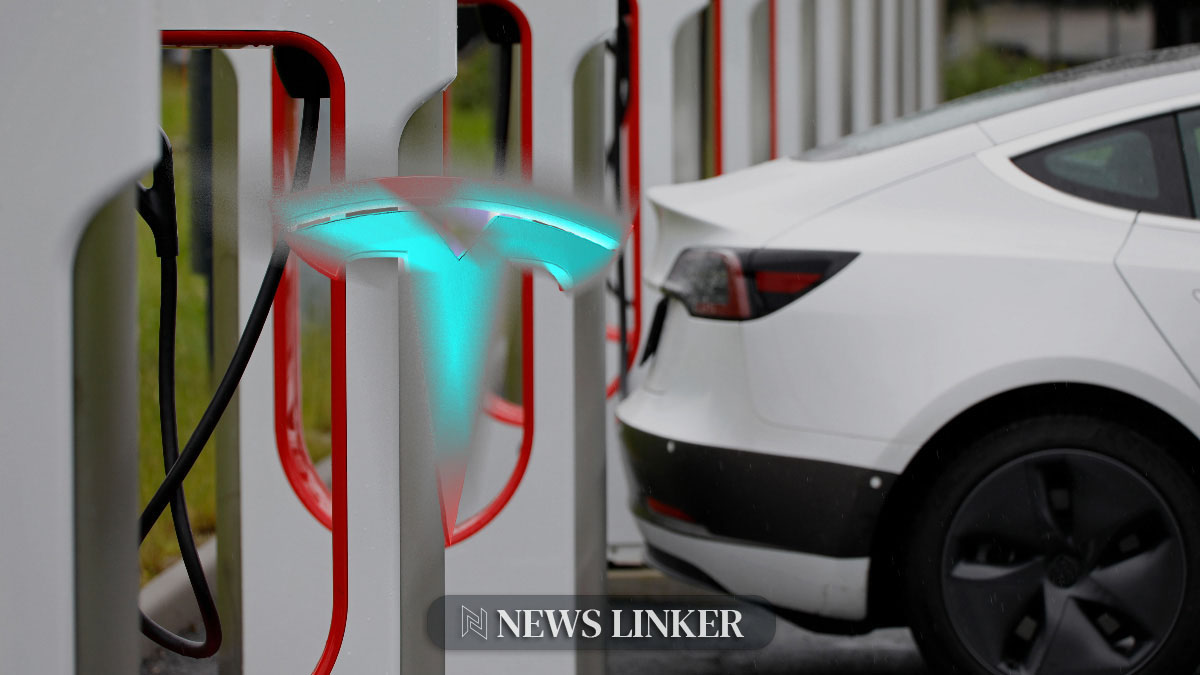The recent developments at Tesla’s Gigafactory in Shanghai hint at a strategic shift that might redefine the global electric vehicle (EV) market. Drone footage capturing extensive export activities of Tesla’s latest Model 3 Performance variant indicates not only an increase in production capacities but also a robust export strategy. The footage showed numerous units of the new Model 3 Performance being loaded onto carriers, presumably bound for European markets. This move by Tesla could significantly influence the competitive landscape of EVs, especially in regions still catching up with electric mobility.
What Makes the New Model 3 Performance Stand Out?
The new Tesla Model 3 Performance boasts impressive specifications that set it apart from its predecessors and competitors. With a capability of accelerating from 0 to 100 km/h in just 3.1 seconds and a top speed of 261 km/h, it combines high performance with luxury features such as sports seats and adaptive suspension. This model is not just about speed; its enhanced features and competitive pricing make it an attractive option for a broader audience, striking a balance between performance and affordability.
How Is This Model Strategically Priced?
Tesla has priced the new Model 3 Performance aggressively. In the U.S., it starts at $53,990 before incentives, while in China, it is listed at approximately $46,371. This strategic pricing places the Model 3 Performance in direct competition with more affordable high-performance vehicles, a significant shift from its earlier positioning against premium sports sedans. This repositioning could attract a new segment of consumers looking for high-performance electric cars without the premium price tag.
What Does This Mean for the Global Market?
Tesla’s ramped-up production and export activities signal a potential surge in the global availability of high-performance, reasonably-priced electric vehicles. By exporting a significant volume of the new Model 3 Performance to Europe, Tesla is not only capitalizing on the growing EV market but is also setting new standards for automotive performance and sustainability worldwide.
In the broader context of EV evolution, Tesla’s current strategy mirrors previous industry shifts where innovation led to increased market competitiveness. Historically, Tesla has played a pivotal role in propelling the electric vehicle market through innovative technology and aggressive marketing strategies. The company’s ability to adjust pricing and enhance vehicle specifications has often allowed it to stay ahead in the highly competitive EV market. This latest move is likely another step in Tesla’s broader strategy to dominate global markets by balancing performance, luxury, and affordability.
Further insights from sources like “CleanTechnica” and “Motor Authority” delve into the environmental impacts and technological advancements in Tesla’s newer models, highlighting the company’s ongoing commitment to sustainability and innovation. “CleanTechnica’s” article on the environmental benefits of Tesla’s manufacturing techniques and “Motor Authority’s” review of Tesla’s technological enhancements offer a deeper understanding of how Tesla integrates eco-friendly practices with cutting-edge technology.
A recent scientific paper published in the Journal of Sustainable Development discusses the implications of Tesla’s manufacturing strategies on global sustainability efforts. The paper particularly highlights how Tesla’s innovative battery technology and its approach to scalable electric vehicle production exhibit potential for significant reductions in carbon emissions, reinforcing Tesla’s role in the transition towards sustainable transportation.
Key Insights for EV Enthusiasts
- Tesla’s export strategy could redefine market dynamics.
- Model 3 Performance’s pricing strategy enhances its market appeal.
- Increased production signifies Tesla’s robust market ambitions.
The strategic export of Tesla’s Model 3 Performance from Shanghai to European markets suggests an aggressive global expansion strategy. This move could potentially lower the entry barrier for consumers considering high-performance electric vehicles, thereby accelerating the transition towards sustainable mobility globally. Tesla’s ability to innovate and adapt offers valuable lessons in both business strategy and environmental responsibility, making it a benchmark in the automotive industry.










